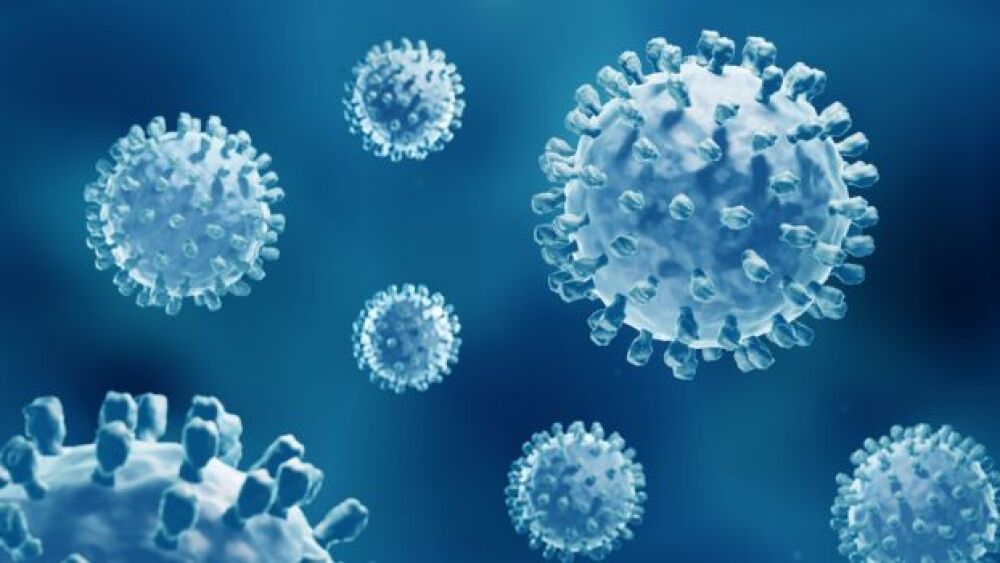Results from genomic testing of a cancer patient’s biopsy tissue can help guide treatment decisions, depending on the types of gene mutations found. But as it spreads or stops responding to treatment, the cancer changes and develops new mutations. Insights gained from the biopsy of the primary tumor may no longer be relevant in determining next steps.
Results from genomic testing of a cancer patient’s biopsy tissue can help guide treatment decisions, depending on the types of gene mutations found. But as it spreads or stops responding to treatment, the cancer changes and develops new mutations. Insights gained from the biopsy of the primary tumor may no longer be relevant in determining next steps.
To piece together the puzzle of how cancer spreads and eventually becomes resistant to treatment, scientists would ideally sample and analyze multiple metastatic tumors in different organs from the same patient.
Once a patient’s tumor has spread to other parts of the body, surgery is not generally part of the treatment plan, so biopsies of metastatic tumors are not available. However, tissue samples taken at autopsy soon after a patient’s death of metastatic cancer can help scientists determine how the cancer evolved and what interventions might stop a tumor from spreading in future patients.
The Frederick National Laboratory’s Molecular Characterization Laboratory team studies preclinical models established from so-called rapid autopsy tissue. The National Cancer Institute’s Patient-Derived Models Repository (PDMR) houses preclinical mouse models of human cancer as well as cell lines and three-dimensional cell cultures known as “organoids” derived from patient tumors, some of which are rapid-autopsy specimens.
A distinct resource to track how cancer changes as it spreads
Such specimens are limited because they must be obtained in the context of an autopsy conducted within about six hours of the patient’s death. Patients consent to donate their tissue via rapid autopsy in a process facilitated by staff at the cancer center or clinic with an agreement similar to that in organ donation.
“They are patient advocates in and of themselves,” said Yvonne Evrard, PDMR operations manager, adding that the samples are delinked and deidentified for research use.
Li Chen, a scientist at the Molecular Characterization Laboratory, said analysis of the preclinical models established with rapid-autopsy tissue from multiple tumors from a single patient may help answer some pressing biological questions.
“We can study tumor evolution and how the cancer metastasized into different lesions from the primary tumor,” she said.
In a study presented at a poster session at the American Society of Clinical Oncology virtual meeting in June, Chen and colleagues analyzed preclinical models of pancreatic cancer tissue from one patient’s primary and multiple metastatic tumor sites.
Genomic analysis of the tumors showed the key gene mutations that drove the cancer in the first place were present in both the original tumor and all of the tissues where it spread. However, the genome of each metastasized tumor was different from the primary tumor and from other metastases in unique ways.
Constructing a tumor’s family tree
Using mouse models established with tissue from each metastasized tumor, scientists can conduct preclinical studies and test drugs that may target one or more of the different mutations. A fundamental challenge in treating patients with cancer is that a patient who has undergone multiple treatments is more likely to have cancer that has mutated significantly from the original tumor, making some of the cells resistant to prior therapies.
“We can perform next-generation sequencing on these mouse models to gain insight into why certain drug or drug combinations may or may not work when tested,” Chen said.
Chen and colleague Chris Karlovich said one goal is to determine where the cancer spread first, and how it changed as it continued to metastasize. Scientists use next-generation sequencing to identify mutations from the original tumor and each metastatic site, determining where the tumor first spread and how each of the metastatic sites are related.
“We can determine how they correlate and what is the lineage tree of the tumor relative to the different metastatic sites,” Karlovich said. “We still need to perform some additional sequencing, but we are close to reconstructing a complete lineage tree for a rapid-autopsy case with multiple metastases.”
Through study of the rapid-autopsy preclinical models, scientists can observe how both the metastasis and treatments altered the cancer’s genome. Evrard said this may help guide physicians in determining second- and third-line therapies.
“Some metastases (within a patient) can be sensitive to a therapy, while others are resistant,” she said. “Using these models, we may be able to identify what is happening genetically, and identify better targeted therapeutics,”




